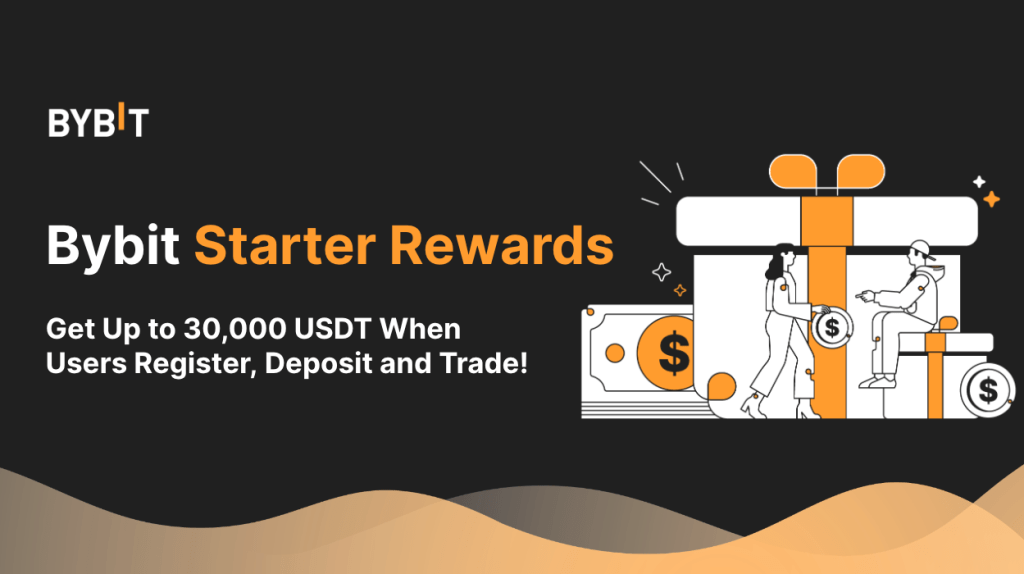The OpenSea airdrop has been one of the most highly anticipated events in the NFT space, but after the announcement on January 28, it’s clear that it doesn’t live up to expectations. The reality? It’s just another long-term NFT airdrop farm from a company struggling to keep up in an ever-evolving industry. Here’s why we won’t be farming it, and why you might want to think twice before diving in.
Study our detailed guide with strategies on how to farm airdrops in 2025
The OpenSea Airdrop Announcement
On January 28, OpenSea officially revealed that it had completed the snapshot of wallets holding Gemesis NFTs. This means that around 50,000 holders of these NFTs are eligible to access OS2, the new version of the platform. It seemed like a promising move, but the excitement didn’t last long.
Earlier, on November 4, 2024, OpenSea founder Devin Finzer shared plans to build a new platform from scratch, with hints of a December release. However, things didn’t go as planned. By the end of December, the launch was delayed, and OpenSea was still in beta, only offering access to a few lucky testers.
Despite the delays, rumors started to swirl about the potential for an OpenSea token airdrop, which reignited some community excitement. After all, platforms like Blur and Magic Eden had successfully issued tokens through similar strategies. But with OpenSea’s location in the U.S., where regulatory issues are still unclear, many wondered if an airdrop was even feasible. Some even speculated that OpenSea’s registration in the Cayman Islands in mid-December was a move to pave the way for such an airdrop.
The Discontent Around OS2 Access
When OpenSea finally released private beta access to its platform for NFT holders, the backlash was swift. Users took to social media to voice their frustration. Many felt the platform’s decision to prioritize Gemesis NFT holders was unfair, especially since some users had contributed millions in trading volume but didn’t have access to the beta.
The major issue here is that the platform is not offering retroactive points for existing users. This means that everyone using OS2 will essentially be starting from scratch. Users who’ve supported OpenSea for years, generating significant trading fees, are now being sidelined in favor of those holding a specific NFT. This decision alienated many long-time supporters, leaving them feeling neglected by the platform.
NFT trader TylerD expressed his frustration on X, saying that despite having over $10 million in lifetime trading volume, he couldn’t access the new platform because he didn’t own a Gemesis NFT. Meanwhile, Beanie, another NFT trader, argued that OpenSea had completely ignored its early adopters. His tweet perfectly summed up the frustration:
“OpenSea decided to abandon those who helped build the platform. Sending the token to zero is the only answer when it launches.”
It’s clear that many in the community feel that OpenSea has lost touch with its roots.

OS2: A Copy of Blur
When we take a closer look at OS2, it becomes apparent that OpenSea is attempting to mimic Blur, which has already established a strong presence in the NFT space. Blur launched two years ago and quickly gained traction by offering massive airdrops to its users—5 to 6 figure airdrops retroactively, which got everyone excited. Blur listened to its community and rewarded its users for their loyalty.
But OpenSea? After three years of ignoring user feedback, it comes up with a copy-paste plan that falls flat. The platform’s attempts to emulate Blur’s model only highlight how far behind OpenSea has fallen. Instead of innovating or bringing something fresh to the table, OpenSea is recycling ideas that have already been tested—and in the case of Blur, they were successful.

Unfortunately, OpenSea’s failure to adapt and engage with its user base means that OS2, in its current form, seems doomed to fail. The platform has been a giant in the NFT space, but it’s losing ground, and this airdrop strategy is unlikely to turn things around.
Why We’re Skipping the Airdrop
Given all the issues with the OpenSea airdrop, it’s safe to say we won’t be farming it. The company has failed to listen to its community, and the new platform feels like an afterthought rather than a groundbreaking development. With the lack of retroactive rewards, the prioritization of NFT holders over loyal users, and the generic imitation of Blur’s success, it’s hard to see how this airdrop will offer any real value.
However, we understand that there are always people interested in these opportunities. So, while we’re skipping this one, we will be putting together a guide later this week on how you can farm the OpenSea airdrop if you’re still keen to give it a try. There are always those who want to take advantage of whatever they can, and we’ll make sure you know exactly how to approach it.
There is still some slight hope they will retroactively reward the OG NFT community, let’s see what the future brings.
Conclusion
The OpenSea airdrop announcement was met with excitement initially, but after digging deeper into the details, it’s clear that it’s more of a missed opportunity than a game-changer. With OS2 feeling like a stale copy of Blur’s platform and OpenSea neglecting its loyal community, the airdrop is unlikely to be the breakthrough many had hoped for. As a result, we’ll be skipping it—but don’t worry, we’ve got you covered with a guide on how to farm it, coming soon. Stay tuned!
If you enjoyed this blog, check out our recent guide on delta neutral airdrop farming.
Don’t forget to claim your bonus below and See you next time!
